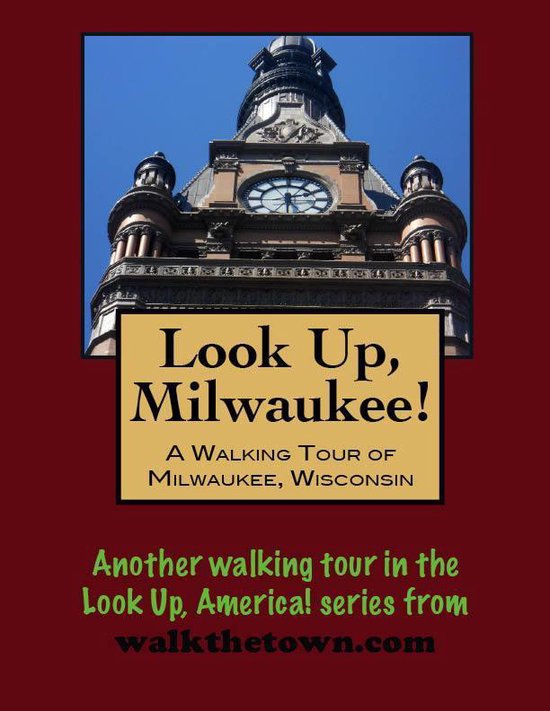
Look Up, Milwaukee! A Walking Tour of Milwaukee, Wisconsin
There is no better way to see America than on foot. And there is no better way to appreciate what you are looking at than with a walking tour. Whether you are preparing for a road trip or just out to look at your own town in a new way, a downloadable walking tour is ready to explore when you are.
Each walking tour describes historical and architectural landmarks and provides pictures to help out when those pesky street addresses are missing. Every tour also includes a quick primer on identifying architectural styles seen on American streets.
The Milwaukee River formed the best natural harbor on the western shore of Lake Michigan and when the first wave of settlers from the East Coast arrived in the 1830s they had their pick of three towns in which to live. There was Juneautown between the lake and the river that was developed by Solomon Juneau, an ambitious French fur trader from Quebec who was to arrive, back in 1818. There was Kilbourntown on the west bank of the Milwaukee River that was the pride of Byron Kilbourn, a surveyor and engineer from Ohio who had purchased his land in 1837, And there was Walker's Point on the south side of the Milwaukee River that was established by George H. Walker as a fur trading post in 1835.
All was not balloons and seashells among the three settlements. Walker spent most of his time fighting claim jumpers and Juneau and Kilbourn became bitter rivals in promoting their settlements,. Kilbourn's maps of the area he distributed to potential newcomers did not even acknowledge the existence of Juneau's older community on the other side of the area. Hostilities came to a head in 1845 over a bridge between Juneautown and Kilbourntown and the violence of the Milwaukee Bridge War led to a unification of the three towns. A charter signed on January 31, 1846, welded Juneautown, Kilbourntown and Walker's Point into the City of Milwaukee. Solomon Juneau was elected the city's first mayor. Kilbourn served a couple of later terms as mayor.
The new town grew rapidly on the back of its wheat shipments. More ships loaded with Upper Midwestern grain left Milwaukee's harbor than any other port on earth. When the railroads arrived in the 1850s Milwaukee became a boomtown with thriving industries in shipbuilding, metal fabrication, meat-packing, leather tanning and, most famously, brewing.
German immigrants began arriving in great numbers in Milwaukee after a failed political uprising in the homeland in 1848. Soon one in every three Milwaukee citizen was a "forty-eighter" - many of them educated, talented and motivated. Milwaukee became known as the "Deutsches Athen" (German Athens) and the value of its manufactured goods tripled by 1869. The town reveled in its Bavarian heritage and institutions until the German influence was muted by World War I.
During the first half of the 20th century, Milwaukee was the hub of the socialist movement in the United States. Milwaukeeans elected three Socialist mayors during this time: Emil Seidel (1910–1912), Daniel Hoan (1916–1940), and Frank Zeidler (1948–1960), and remains the only major city in the country to have done so. Their influence made Milwaukee one of the best governed municipalities in the country, ranking among the leaders in health, safety and solvency among the nation's large cities during that time.
Our walking tour will visit both sides of the Milwaukee River, in both old Kilbourntown and old Juneautown, and we will start at a building that was the tallest habitable building in the world when it was finished in 1895...
| Auteur | | Doug Gelbert |
| Taal | | Engels |
| Type | | E-book |
| Categorie | | Reizen |